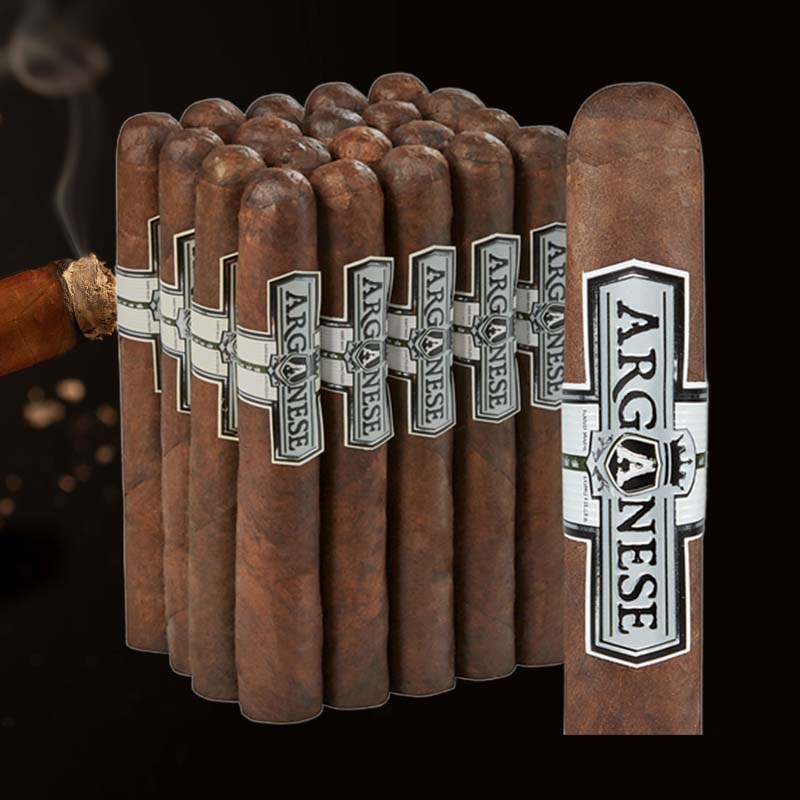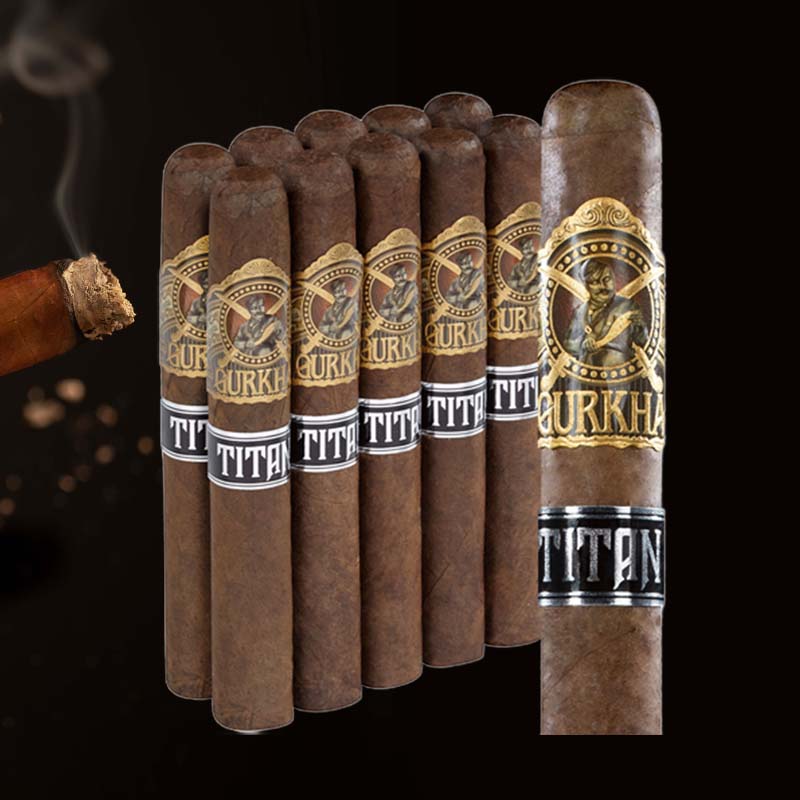Fix a torch lighter
Introduction: Fixing That Jet Lighter You Love
There’s something deeply satisfying about flicking a torch lighter to life, isn’t there? That small flame dancing at your command brings a sense of warmth and comfort, especially during evening cigar sessions or camping trips. But what happens when that beloved jet lighter, the one that has seen countless sunsets with me, stops functioning? Fear not! I’m here to guide you through the steps to breathe life back into your trusty torch lighter.
Importance of Keeping Your Torch Lighter Functional
A functional torch lighter is essential not just for lighting cigars, but also for those moments when you need a quick flame – be it for a candle, a fire pit, or even crafting. Keeping it operational ensures you’re always prepared to create a moment, whether it’s a quiet evening alone or a lively gathering with friends. A reliable lighter is more than utility; it’s a tool for connection.
Step 1: What You’ll Need for This Repair
Before diving into repairs, it’s crucial to gather the right tools. Here’s what I recommend:
Essential Tools for Fixing Your Torch Lighter
- Small screwdriver (preferably flathead)
- Pliers
- Compressed air canister
- Cleaning cloth
- Butane fuel
- Safety gloves (optional)
Step 2: Diagnosing the Problem
Now that we have our tools, it’s time to diagnose the issue. Identifying the problem is key to a successful repair.
Common Symptoms of a Malfunctioning Torch Lighter
- No spark when the ignition button is pressed
- Weak or inconsistent flame
- Difficulty refilling or no butane release
- Unusual sounds such as hissing
Step 3: Opening Your Lighter Up
Once we’ve pinpointed the problem, we can move forward. Opening the lighter requires a gentle touch to avoid damage.
Safe Methods for Disassembling Your Torch Lighter
Carefully unscrew the lighter casing. Always remember to do this in a well-ventilated area to ensure safety, especially if butane is involved. Make a mental note or take pictures of the components to aid reassembly later.
Step 4: Adjusting the Spark
With the lighter opened up, let’s move on to one of the most crucial steps: spark adjustment.
How to Fine-tune the Ignition for Optimal Performance
Look for the ignition mechanism; often, there’s a small screw near it. With the small screwdriver, gently adjust it to change the position of the flint or electrics. A subtle tweak can make the difference between a spark and a fizzle!
Step 5: Troubleshooting When It’s Not Working
If you’ve followed the earlier steps and still don’t see a flame, don’t lose hope.
What to Do When You Can’t Get a Spark
- Check if the flint is worn out; replace it if necessary.
- Inspect the ignition mechanism for obstructions or damage.
- Ensure there’s sufficient butane in the lighter.
- Consider cleaning the nozzle with compressed air.
Step 6: Putting It Back Together
Once adjustments are made, it’s time for reassembly.
Reassembling Your Torch Lighter After Repair
Carefully fit each component back into place, recalling the order you removed them. Secure all screws tightly, but do not over-tighten, as that may cause further issues.
Step 7: Final Checks and Maintenance
With it all back together, let’s test everything we’ve done.
Ensuring Your Lighter Is Ready for Use
Fill with butane, wait a few moments, and ignite your lighter. With a little luck, you’ll see that flame burst to life, ready to accompany you once more.
Common Issues with Torch Lighters and How to Fix Them
While we tackled one specific issue today, let’s be aware of other frequent problems you may encounter.
Identifying Frequent Problems and Their Solutions
- Leaks: Make sure the refill is sealed properly.
- Weak flame: Check for clogs or low gas pressure.
- Flint issues: Regularly replace worn-out flints.
Effective Solutions for Fixing Torch Lighters
Beyond repairs, let’s look at proactive measures.
Best Practices for Repairing Your Torch Lighter
- Regularly clean your lighter with a soft cloth.
- Avoid drops or heavy impacts.
- Store in a cool, dry place away from direct sunlight.
Troubleshooting Less Common Torch Lighter Problems
Sometimes, you may encounter less obvious issues. Here’s how to tackle them.
How to Tackle Rare Issues You May Encounter
- For inconsistent sparks, double-check the flint placement.
- Investigate for gas blockage in the chamber.
- For odor, learn to identify if it’s the fuel or internal issues.
Common Issues and Their Fixes
Popular concerns often arise in torch lighters.
From Leaks to Weak Flames: Solutions for Popular Problems
- Provide a new seal for leaks.
- Adjust the flame height for consistent performance.
- Check for proper butane quality.
Preventing Future Lighter Problems
Lastly, I want to share some wisdom on preventative care for your torch lighter.
Tips to Maintain Your Torch Lighter’s Performance
- Refill at the right angle to avoid bubble traps.
- Use butane that’s specifically designed for lighters.
- Perform regular checks to catch potential issues early on.
Cleaning and Maintenance Tips for Your Torch Lighter
Proper cleaning can extend your lighter’s life exponentially.
Keeping Your Lighter in Top Condition
- Regularly wipe down the exterior to prevent rust.
- Clear debris from the nozzle to ensure smooth ignition.
- Use a soft brush for delicate parts during deep cleaning.
Conclusion: Keeping Your Torch Lighter in Peak Condition
Taking the time to maintain and understand your torch lighter not only helps you enjoy your experiences but also saves you from the frustration of malfunctioning devices. I’ll definitely keep mine in peak condition, letting its flame be my steadfast companion for years to come.
Final Thoughts on Torch Lighter Maintenance
By regularly safeguarding against common problems and embracing simple repairs, I can extend the life of my trusty torch lighter – a small act that brings me joy and convenience each time I spark it into action.
FAQ
What causes a torch lighter to stop working?
A torch lighter stops working for several reasons, including low butane levels, worn-out flint, clogged nozzle, or mechanical damage. It’s essential to diagnose the exact issue before attempting a fix.
How do you fix a torch lighter that won’t spark?
To fix a torch lighter that won’t spark, check the flint and ignition mechanism. Replace the flint if it’s worn out and ensure there’s enough butane in the lighter. Cleaning the ignition area can also help.
Why is my torch lighter not releasing butane?
Your torch lighter may not release butane due to a clogged nozzle, improper angle during refueling, or internal gas blockages. Inspecting these areas can help find the solution.
Why is my butane lighter not igniting?
If your butane lighter isn’t igniting, it could be due to low gas pressure, empty fuel, or a malfunctioning spark. Always ensure your lighter has enough butane and check the ignition mechanism for damage.


















